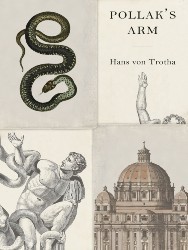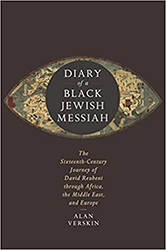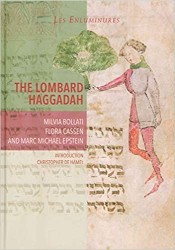By
– January 16, 2012
Purporting to be a revelation of coded antipope and anti-Rome messages embedded in the frescoes of the Sistine Chapel, the book reads a bit like a detective story of subversive art. According to the authors, Michelangelo Buonarotti was recruited against his will to paint the ceiling of the chapel in tribute to Pope Sixtus IV at first, and later to his nephew Pope Julius II. The case is made for Michelangelo’s familiarity with the Jewish Bible, Midrash, and Kabbalah, which he incorporates in his depictions of the Jewish prophets, biblical personages, and events such as the flood. The rivalry between Florence and Rome, the corruption of the popes of the period of the 15th and 16th century, and the homosexuality of the artist are all part of the history as to why Michelangelo depicted scenes and male figures in a particular manner. Often repeated in the book is the fact that Michelangelo wanted to sculpt, not paint, and the entire Sistine project was forced upon him. Notwithstanding that the pope wanted the ceiling to be a tribute to himself and his family, the artist’s resentment is expressed through obscene gestures toward the pope in several depictions. The authors, Rabbi Benjamin Blech, a professor of Talmud at Yeshiva University, and Roy Doliner, a Vatican docent specializing in the history of Rome during the Renaissance and Jewish history in Italy, claim that Michelangelo was philo-Judaic, deliberately selecting only Jewish “Old Testament” stories and embedding them with messages based on Kabbalistic and Midrashic interpretations. A selected bibliography and index are included, but the lack of extensive footnotes is a drawback. A note about the illustrations: the color insert of selected scenes that are discussed in the book is helpful, while the black and white photographs are less so. The book jacket deserves comment — designed by Claudine Mansour, it opens to a poster-size color reproduction of the ceiling frescoes — quite impressive.
Esther Nussbaum, the head librarian of Ramaz Upper School for 30 years, is now education and special projects coordinator of the Halachic Organ Donor Society. A past editor of Jewish Book World, she continues to review for this and other publications.





